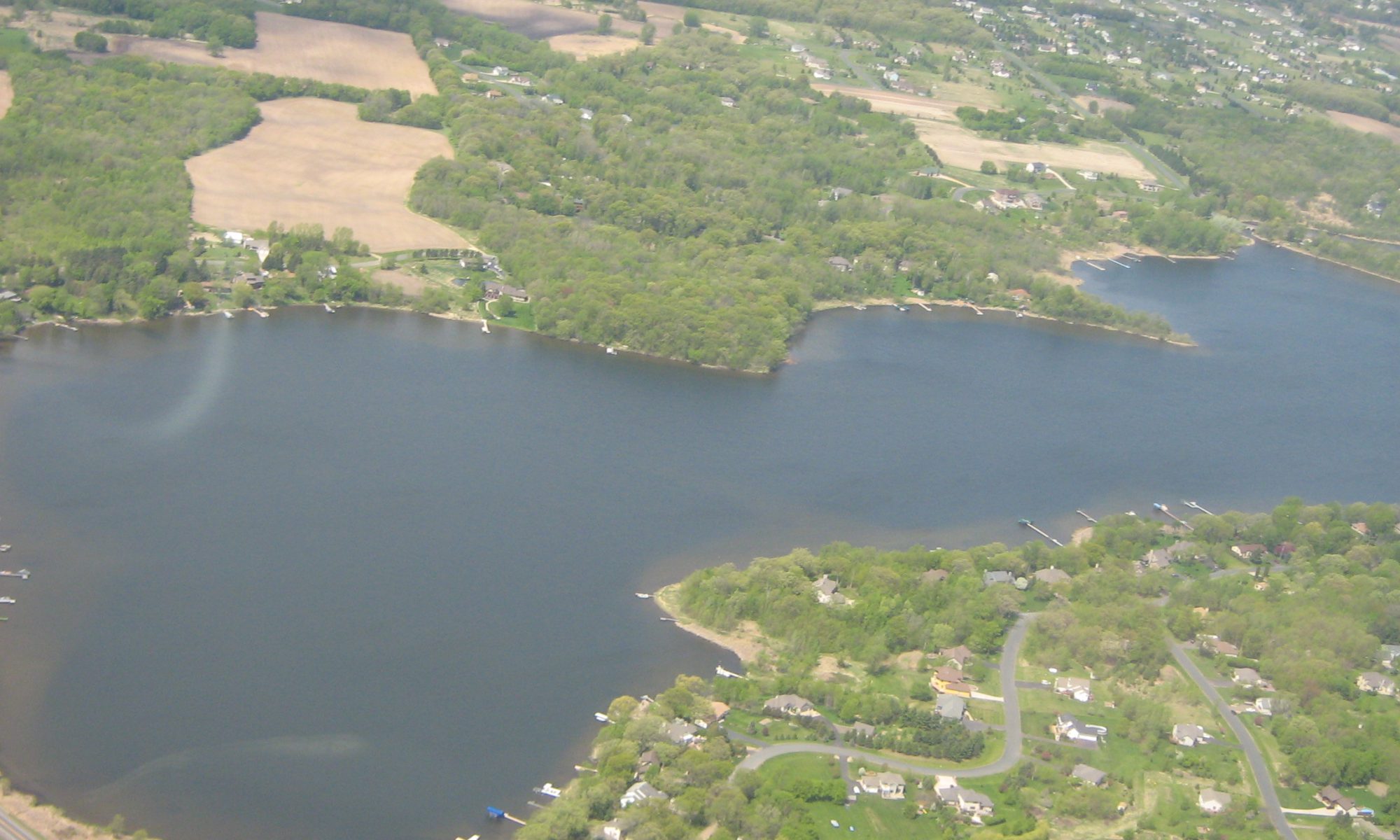The Midwest Glacial Lakes Partnership (MGLP) is awarding over $330,000 through its 2024 Lake Conservation Grant to six projects across the Upper Midwest. Together, these projects will benefit glacial lakes and their fish habitats, fish populations, and fisheries for years to come. Funds for the Lake Conservation Grant are provided by the US Fish and Wildlife Service and will be matched by over $625,000 in contributions from project partners, for a total conservation investment of over $950,000. The grant is operated annually by the MGLP as a fish habitat partnership under National Fish Habitat Partnership. The six funded projects are:
- Assessing and restoring shoreline vegetation to improve lake habitat, Comfort Lake – Forest Lake Watershed District – $60,000
- Designing and engineering wetland restoration to protect aquatic habitat and benefit a Cisco population at Long Lake, Springfield Township – $40,000
- Local partners collaborate to solve fish passage issues in priority systems and train local teams, Hubbard County Soil and Water Conservation District – $35,621
- Restoration of Turkey Creek and Martin Creek to reduce nutrients and sediment entering Lake Wawasee, Wawasee Area Conservancy Foundation – $42,000
- Stearns County shoreline habitat restoration projects, Stearns County Soil & Water Conservation District- $75,000
- Midwest Glacial Lakes Partnership Operations, Michigan Department of Natural Resources – $78,082
The MGLP’s request for the next round of Lake Conservation Grants is expected to be released in November. Those interested in future grant applications can find more information on the Lakes Conservation Grant page of the MGLP website and should sign up for this MGLP Newsletter to receive notifications if not already subscribed. Read more below about the projects that received funding this year.
Assessing and restoring shoreline vegetation to improve lake habitat, Comfort Lake – Forest Lake Watershed District – $60,000
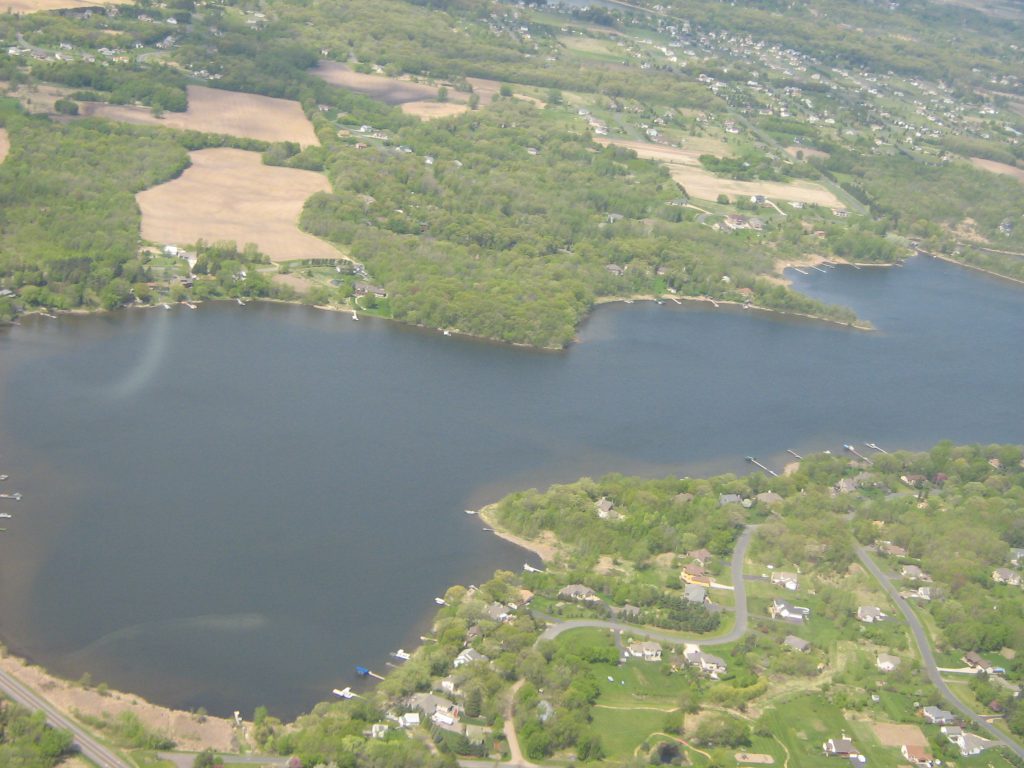
Comfort Lake-Forest Lake Watershed District (CLFLWD) will perform shoreline vegetation inventories and complete lakeshore restoration projects. The shoreline inventories will evaluate the quality of shoreline vegetation and quantify the need for shoreline restoration projects, helping to prioritize shorelines and track progress toward restoration goals. CLFLWD’s goal is for each lake to have natural shoreline buffers on at least 75% of the shoreline. This project will implement lake shoreline restoration projects on 8 – 15 properties along the CLFLWD’s nine priority lakes (Birch Lake, Bone Lake, Comfort Lake, Lake Keewahtin, Little Comfort Lake, Moody Lake, School Lake, Shields Lake, and Forest Lake) in Washington and Chisago Counties, Minnesota.
Designing and engineering wetland restoration to protect aquatic habitat and benefit a Cisco population at Long Lake, Springfield Township – $40,000
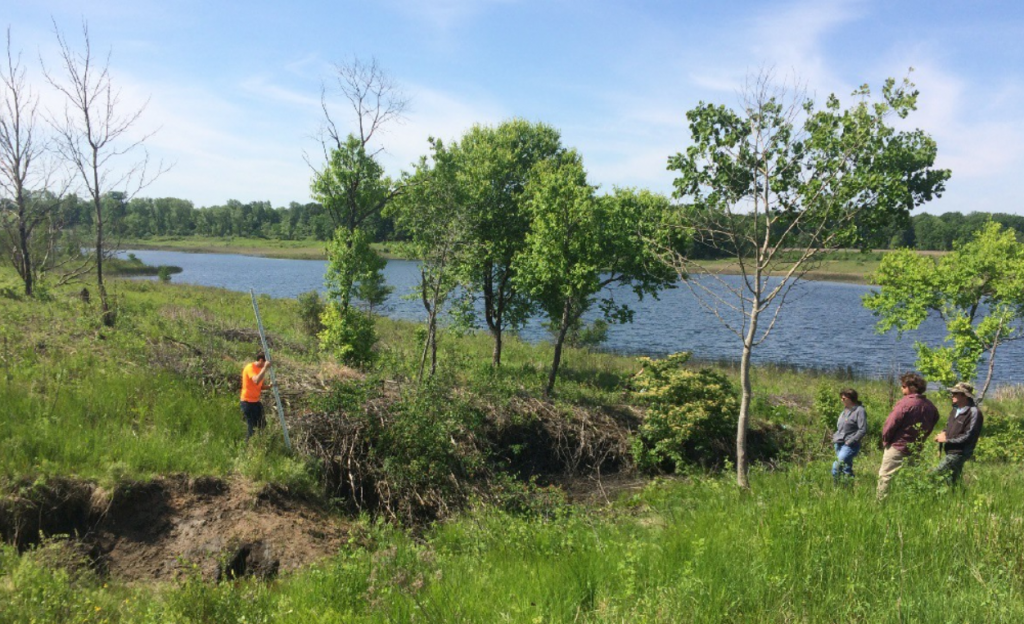
This project will complete the design, engineering, and permitting phases of a wetland restoration project to design a solution that will restore an eroding ditch. The erosion is negatively impacting aquatic habitat in Long Lake, a glacial lake in Springfield Township of Oakland County, Michigan. The project is located at Springfield Township’s Shiawassee Basin Preserve, a 600-acre township park. Long Lake is approximately 40 acres in size, 45 feet deep, and supports populations of numerous MGLP Priority Species including a recently discovered population of Cisco, a Threatened Species in Michigan. Long Lake is also a popular lake for paddle-in fishing. Located in the upper Shiawassee River watershed, the Shiawassee River flows into and out of Long Lake and the shoreline is comprised of one of the largest and highest quality prairie fen wetland complexes in the Midwest. The project will fund a design to stabilize and restore the wetland including the eroding ditch which will prevent future sediment deposition into the lake’s aquatic habitat, help to stabilize the shoreline, and protect cold water habitats for Cisco and other fishes. Following the development of this design and permitting work, the Township will pursue funding for the construction phase to implement the design work.
Local partners collaborate to solve fish passage issues in priority systems and train local teams, Hubbard County Soil and Water Conservation District – $35,621
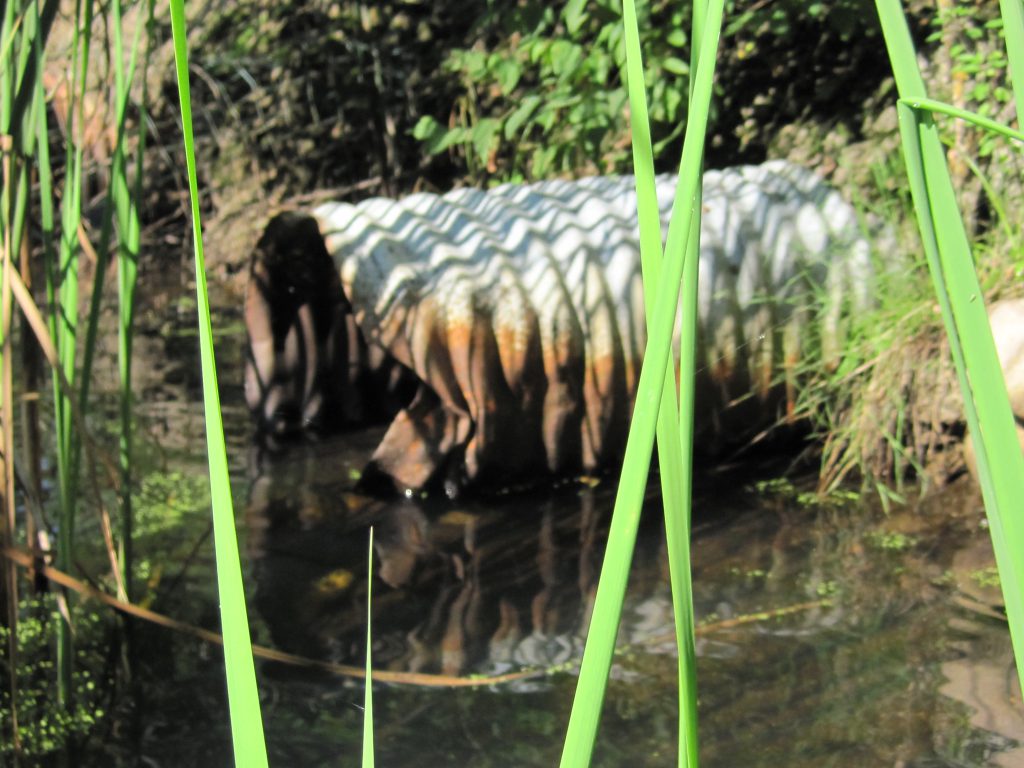
Hubbard County (MN) Soil and Water Conservation District will partner with Minnesota Department of Natural Resources, Minnesota Board of Water and Soil Conservation, townships, and lake associations to address fish passage and spawning habitat connectivity issues by replacing an existing undersized culvert on Bender Creek just upstream of First Crow Wing Lake. A new, correctly sized and placed culvert will create conditions that allow for greatly improved fish passage. This will protect fisheries from predicted climate change impacts, create a local process for fish passage restoration, train local teams to recognize and utilize opportunities to improve fish passage while replacing existing culverts, and raise public awareness and support for projects that improve passage and connectivity.
Restoration of Turkey Creek and Martin Creek to reduce nutrients and sediment entering Lake Wawasee, Wawasee Area Conservancy Foundation – $42,000
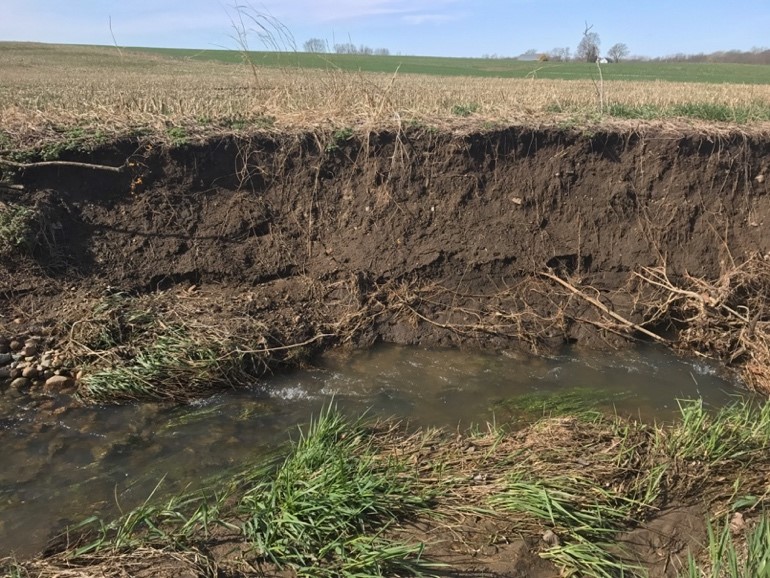
The Wawasee Area Conservancy Foundation and Midwest Glacial Lakes Partnership have supported the Wawasee Inlet Nutrient Study to generate robust scientific data to quantify nutrients and sediment entering Lake Wawasee (IN) from 2019-2023. Following up on the results from that analysis, this project will restore and repair areas identified during this data collection and analysis. The overall goal of the project is to improve water quality through collaborative, on-the-ground conservation to protect runoff of nutrients and sediment, the most significant threat to water quality and fish habitat in the Lake Wawasee. Data from the Wawasee Inlet Nutrient Study has identified two priority areas to focus efforts upon. The Turkey Creek tributary contributes sediment and nutrients at an increased level, and Martin Creek, a 700-acre sub-watershed which contributes the most nutrients and sediment per acre of all sub-watersheds. This project will construct best management practices in these two sub-watersheds. Specifically, along Turkey Creek, the project will install grassed waterways, field filter strip buffers, and stream bank stabilization practices and along Martin Creek the project will install field border buffers, tile inlet buffers, constructed wetlands and grass waterway practices.
Stearns County shoreline habitat restoration projects, Stearns County Soil & Water Conservation District- $75,000
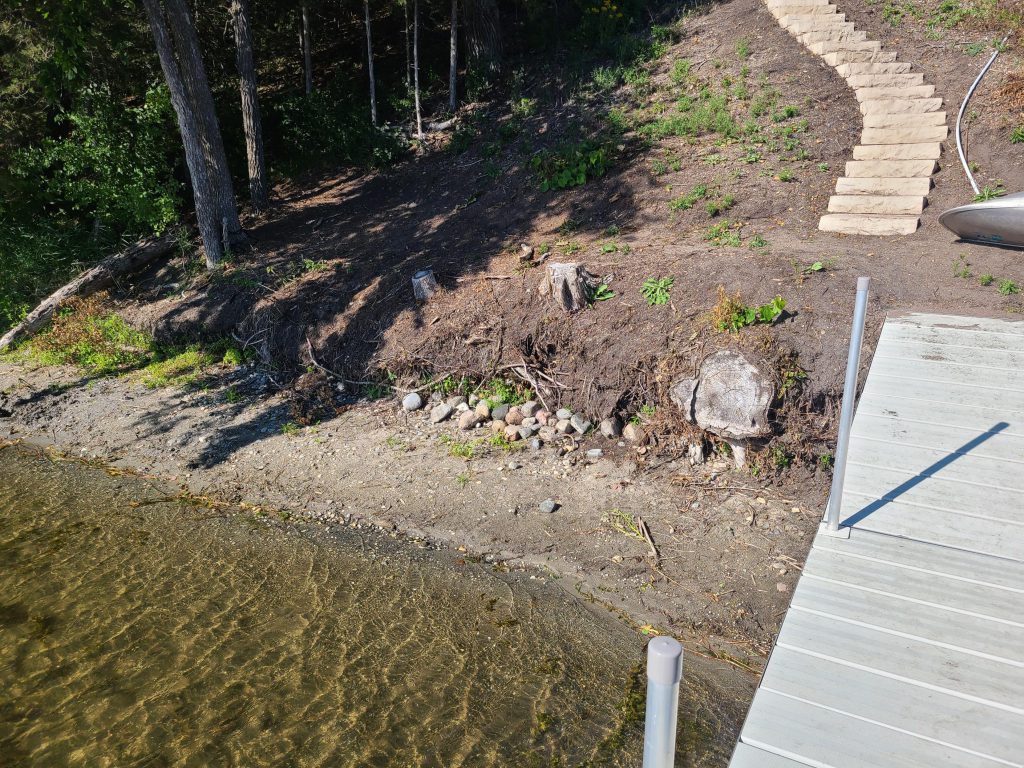
This project will continue to build on the strong habitat restoration and protection effort on glacial lakes in Stearns County. The Stearns County Soil and Water Conservation District has a dedicated Riparian Resources Specialist to work with lakeshore owners on habitat projects that restore and protect fish and wildlife communities. Five landowners will be selected that have committed to completing a shoreline restoration. The projects will rehabilitate, as well as protect, fish and wildlife habitat. Each of these projects will use natural techniques such as native grasses, wildflowers, trees, shrubs, vines and various bio-engineering techniques that use wood and footer rock. With the restoration or protection of natural shorelines, many native fish species will enjoy additional and improved habitat due to improved water quality and reduced sedimentation. In addition, these projects will all have a permanent Shoreland Deed Restriction recorded to protect the project with ongoing follow up for compliance with the operation and maintenance plan. The property owners’ personal experience will be used to promote additional projects and habitat connections. This will be done by allowing other landowners as well as contractors to view project sites before, during, and after project completion. On average within the existing Stearns County Shoreline program, coordinated site visits like this happen twelve times a year and are a very effective technique in giving shoreline property owners a better understanding of the multiple benefits from a project, which ultimately result in new project recruits for future restoration efforts.
Midwest Glacial Lakes Partnership Operations, Michigan Department of Natural Resources – $78,082
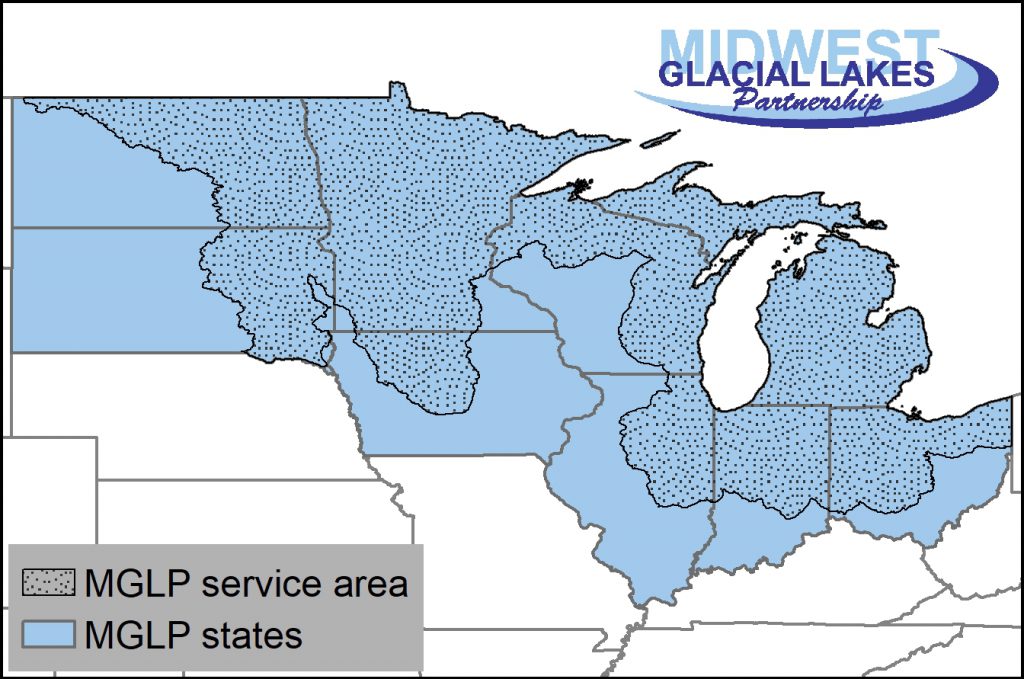
The MGLP works to protect, rehabilitate, and enhance sustainable fish habitats in glacial lakes of the Midwest for the use and enjoyment of current and future generations. Partnership staffing is limited to the one coordinator position. Through this position the coordination of the partnership’s three primary committees, the implementation of tasks delegated by the committees to the coordinator, the maintenance of partnership operations in support of the partnership’s mission, goals, and objectives, and the MGLP’s participation in the National Fish Habitat Partnership are completed. This project will partially fund the coordinator and provide an operations budget for partnership activities including printing copies of the partnership’s Shoreline Living publication.

